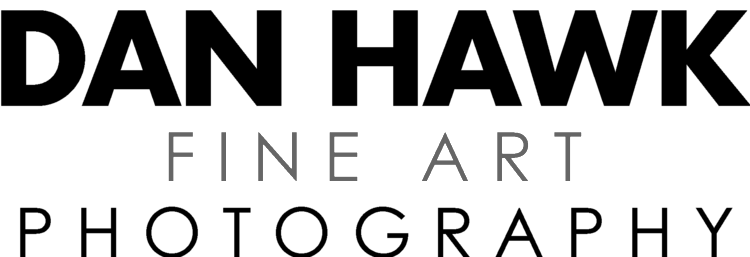
Quick Note: If you are looking for more information about custom controls, Lenses and tips for the Sony NEX series, take a look here for my guides, reviews and links.
First of all, let me give you a sense of my perspective and let you know that this is Part I of my review. I wouldn't call my self a photographer. I haven't owned an SLR type camera- a "real" camera- since I sold our Rebel 2000 Film SLR a couple years ago. I did buy a Canon point-and-shoot camera, the SD900 about 4 years ago and have enjoyed it, but truthfully, it has become a bit dated and doesn't quite keep up. The reason that I've taken an interest in photography is the iPhone. With the first 3 models of the iPhone, I mainly just took snapshots but the iPhone 4 changed that. I started thinking about composition, as I was finally able to capture the scenes I loved when I saw them- with a device that produced results that are on-par with most point-and-shoot cameras. In fact, I have found that the results are better than most of them.
The always connected nature of the iPhone and the pile of editing and processing apps have helped fuel my enthusiasm for capturing and sharing pictures as they have for many others. Over the past few months, I've come to the realization that there is a lot more that I can do with a standalone camera. There are still things that the iPhone does better, but for sheer image quality and compositional power, I needed something more.
I began my search with these lists-
The Strengths of the iPhone (and the reasons I use it so much)
- Always with me
- Portability
- Ease of use
- Built in Processing
- Interface Simplicity
- Onboard HDR processing (yeah, I know this isn't true HDR, but it gets great results)
The limitations of the iPhone
- Single focal length (you can zoom, but only digitally, which reduces the sharpness and quality of the image)
- Smaller Sensor (which leads to...)
- Poor Low-Light performance
- Shutter response speed (capturing anything that is moving is still mediocre)
- Control of Shutter speed, Aperture and ISO is quite limited and/or nonexistent
These lists are by-no-means exhaustive, they are simply the basics that determine whether the iPhone is adequate for a particular shot.
So, looking through those lists (and my Twitter/Instagram/Facebook streams) you can see where the iPhone is great and where there is room for a different tool. This is how I formulated my criteria for choosing a dedicated Camera. It needs to address the shortcomings of the iPhone, but not stray too far from the positives.
- It needs to be compact enough that I don't mind bringing it with me every day.
- It should be relatively easy to use with a good intuitive interface (I am an avid Apple user after all)
- It needs to have great low-light performance
- It needs to have the ability to change focal lengths (optical zoom)
- Full manual mode is a must
- An on-camera HDR mode would be a plus.
So, with that being said, I've been doing homework, stopping by the photography stores, reading reviews and talking to photographer friends for the last 6 months trying to learn enough to make a good decision. When I do the actual review, I'll include comparisons to the other contenders that I didn't choose. I'll likely also include comparisons with the iPhone 4S as my review is likely most useful to folks coming from the same basic place.
